INTRODUCTION
The key element for Year 2 students is to be able to perform advanced search, basic writing & citation skills at the end of their course of study. See figure 1. Year 2 students will experience these skills from a variety of TBL exercises (group learning), self-directed learning and attending optional information literacy organised for you.
Fig 1: Year 2 Key Elements Research & Library Skills, Medical Library ©
Global Information Literacy Standards
Information Literacy is important throughout the world and many interesting programs are being developed. Here are a few links on information literacy standards and definitions.
-
ACRL – Information Literacy Competency Standards for Higher Education
-
The SCONUL Seven Pillars of Information Literacy for Higher Education: Core Model
-
IFLA: International Federation of Library Associations Information Literacy Section
Students are encouraged to engage their medical librarians if they require further guidance or wish to have training. Simply, drop us an e-mail at medlib@ntu.edu.sg or contact us at 6592 1990.
ACTIVITY 1: Let us know your research needs better
Complete this survey questionnaire developed for Year 2 students. Your feedback will help us evaluate and understand your research needs.
RESOURCES TO GET YOU STARTED!
- Medical Library Survival Guide (Here is a list of ten tips to get you started and going!)
- Research information evaluation tools: radar-test checklist and AACODS Technique (See below Student Consultation Session page)
- Grey Literature sources
- Click user-guide_year-2_info-lit-writing-skills for PDF version of this page
INTEGRATING LIBRARY & RESEARCH SKILLS WITH MBBS CURRICULUM
Your medical library guides you to acquire basic information literacy and writing skills using examples of case scenarios from your Year 2 textbooks (Refer to Year 2 e-books from our Pinterest webpage). We integrate basic library, research and writing skills to the topics presented in LKC Year 2 MBBS curriculum (see Fig 2 below).
Years 1 and 2: Integrated Science in a Medical Context
Fig 2: Curriculum integration with research and library skills (Adapted from: LKC Medicine Curriculum MBBS, Year 2)
SEARCH STRATEGY CYCLE FOR AN EFFECTIVE LITERATURE REVIEW
Here’s the search strategy cycle you need to refer to when performing a literature review for your research question/ case scenarios. See Fig 3 for more information.
Fig 3: Search Strategy Cycle for Literature Review, Medical Library ©
There are accompanying descriptors for students to understand each stage better. Refer to activities 2 and 3 to understand the use of this framework. Activities consist of case scenarios on the neuroanatomy and neurophysiology of urinary symptoms and TBI and therapy regimens for central diabetes inspidus. Questions posed in each activity are accompanied with librarian tips for students to experience advanced search skills, basic writing & citation skills from these activities.
TEST YOUR SEARCH SKILLS. GIVE THESE EXERCISES A TRY!
ACTIVITY 2: Case scenario on Traumatic Brain Injury (TBI) – Exercise 1
A 40-year-old woman was involved in an automobile accident in which she sustained severe head injuries. Following a slow but uneventful recovery, she was released from the hospital without any residual signs or symptoms. Six months later, the patient started to complain of frequency of micturition and was passing very large quantities of pale urine. She also said that she always seemed thirsty and would often drink 10 glasses of water in one morning. Using your knowledge of neuroanatomy and neurophysiology, do you think there is any connection between the urinary symptoms and her automobile accident? (Source:Clinical Neuroanatomy - Richard S. Snell. Publication: 2010)
(a) Breakdown the case scenario into 3 parts. Use your existing medical knowledge to connect your learning.
Librarian tips for part (a):
- A 40-year-old woman was involved in an automobile accident in which she sustained severe head injuries.
- Explain your finding: (Demographics – Gender: Women, Age: 40 year old)(History – Automobile accident, Sustained severe head injuries)
- Following a slow but uneventful recovery, she was released from the hospital without any residual signs or symptoms.
- Explain your finding: (This information tells you no further complications after recovery. Patient was discharged)
- Six months later, the patient started to complain of frequency of micturition and was passing very large quantities of pale urine. She also said that she always seemed thirsty and would often drink 10 glasses of water in one morning.
- Explain your finding: (Post-trauma complication: 6 months after injury patient experienced micturition)
- Connect your existing medical knowledge: Patient suffered from major neurological injury so urination may occur as an involuntary reflex. Physiologically, micturition involves coordination among the central, autonomic, and somatic nervous systems from different centers of the brain.
- Ask yourself, ‘What are the brain centers that regulate urination?’ and ‘How does the stretch receptors in the bladder increase urinary urge/involuntary urinary reflex?’
- Using your knowledge of neuroanatomy and neurophysiology, do you think there is any connection between the urinary symptoms and her automobile accident?
- Ask yourself, ‘What is the connection between her severe head injuries and abnormal urinary symptoms?’
- Connect your existing medical knowledge with factors that regulate vasopressin release in response to changes in plasma osmolality and blood volume.
- In this case, patient lacks vasopressin release and developed diabetes insipidus which explains why patient is unable to produce concentrated urine or limit production of urine even when the plasma osmolality is raised. To counteract the loss of water via the kidneys, patient drinks 10 glasses of water in one morning which explains large variations of water intake and urine output. This condition may have resulted from the severe head injuries or tumours which damaged the posterior pituitary (Link your learning: central diabetes insipidus – plasma vasopressin levels are diminished)
- Ask yourself, ‘ Could either the posterior lobe or supraoptic nucleus of the hypothalamus be damaged?’, ‘Could patient be suffering from post-traumatic pituitary dysfunction considering patient was a TBI survivor and developed hormonal deficiencies within 6-12 months after injury?’
(b) Use the PICOS method to formulate at least 2-3 clinical questions. (Refer to EBM step 1 for standard template and other related information)
Librarian tips for part (b):
Watch this short EBM video conducted by Professor Paul Glasziou from the University of Oxford’s Centre for Evidence-Based Medicine (CEBM). He talks about the formation of PICO, PO and PO questions.
Video 1: Formation of PICO, PO and PO questions.
Source: [Evidence-Based-Education]. (2009, September 22). Evidence-Based Medicine in Practice – Appraisal of Clinical Trials #1. [Video File]. Retrieved from https://www.youtube.com/watch?v=QsIYwWwi_r4.
- You need to formulate well-built questions using the PICOS method
- Your clinical questions are mapped according to? (Select the ones that apply)
- clinical findings
- etiology/risk
- clinical manifestations of disease
- differential diagnosis
- prognosis
- therapy
- prevention
- experience and meaning
- improvement
- Select the type of study: How well a study limits potential bias is tied to its validity, and determines where it falls within a hierarchy of evidence.
- Refer to the Resources for Evidence-Based Practice: The 6S Pyramid from McMaster University, Health Sciences
- Meta-Analysis
- Systematic Review
- Randomized Controlled Trial
- Cohort Study
- Case Control Study
- Case series or Case Report
- Animal Research
- In Vitro/Lab Research
- Editorials, Letters, Opinions
- Refer to the Resources for Evidence-Based Practice: The 6S Pyramid from McMaster University, Health Sciences
- Watch this short EBP video conducted by Dr Mohit Bhandari from ORTHO EVIDENCE.
Video 2: Hierarchy of Evidence
https://www.youtube.com/watch?v=LG-uJmV-l7w&t=508s
Source: [tamuwritingcenter]. (2015, Feb 28). Avoiding Plagiarism: Writing With Integrity. [Video File]. Retrieved from https://www.youtube.com/watch?v=F1S1FZ-bn5E
(C) Write to answer activity 2 – Exercise 1 (less than 500 words)
- Librarian tips for part (c):
BONUS CLIP! Avoiding Plagiarism: Writing With Integrity
Watch this video by Dr Candace Hastings from Texas A&M University on how to avoid plagiarism
Source: [tamuwritingcenter]. (2015, Feb 28). Avoiding Plagiarism: Writing With Integrity. [Video File]. Retrieved from https://www.youtube.com/watch?v=F1S1FZ-bn5E
Any other good writing tips?
- Barnard and Deborah St James are co-authors of Listen. Write. Present.: The Elements for Communicating Science and Technology (Yale University Press; 2012). (Source http://www.medicalpracticeinsider.com/news/4-questions-will-help-hone-your-writing-skills)
- Top 10 good attributes of a good medical writer by SIRO
Here’s your answer to Activity 2 – Exercise 1:
Answer: Yes, there is a connection between the accident and the urinary symptoms. This patient is suffering from diabetes insipidus caused by traumatic damage either to the posterior lobe of the hypophysis or to the supraoptic nucleus of the hypothalamus. In any event, production of vasopressin was inhibited. It should be pointed out that a lesion of the posterior lobe of the hypophysis is usually not followed by diabetes insipidus, since the vasopressin produced by the neurons of the supraoptic nucleus escapes directly into the bloodstream. (Source: Clinical Neuroanatomy - Richard S. Snell. Publication: 2010).
Take your learning one step further!
Activity 2: Therapy Regimen for Central Diabetes Insipidus – Exercise 2
Based on the case scenario in activity 2, assuming patient was diagnosed with complete central diabetes insipidus, what is the therapeutic regimen used to treat complete central diabetes insipidus?
(a) Use Micromedex or Martindale database complete to derive your answer.
- Librarian tips for part (a):
When using Micromedex
- Access Micromedex from NTU library database. Type the diagnosed condition, scroll down the list and select the correct option.
- You should have selected drugs that treat diabetes insipidus – pituitary
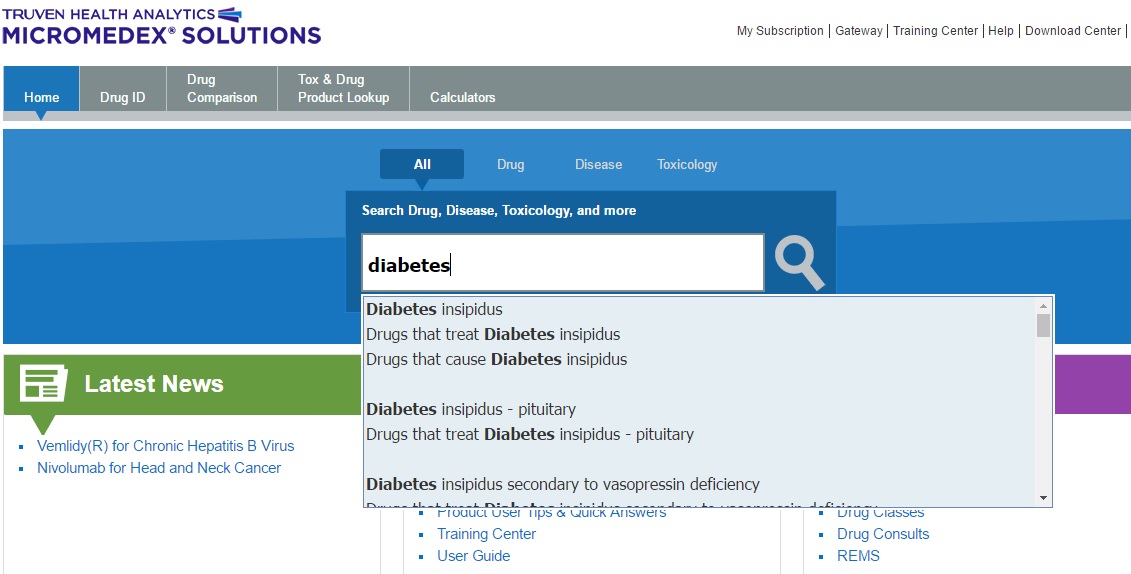
3. Click on the link (Effective) and identify the drug name and the age group (adults)
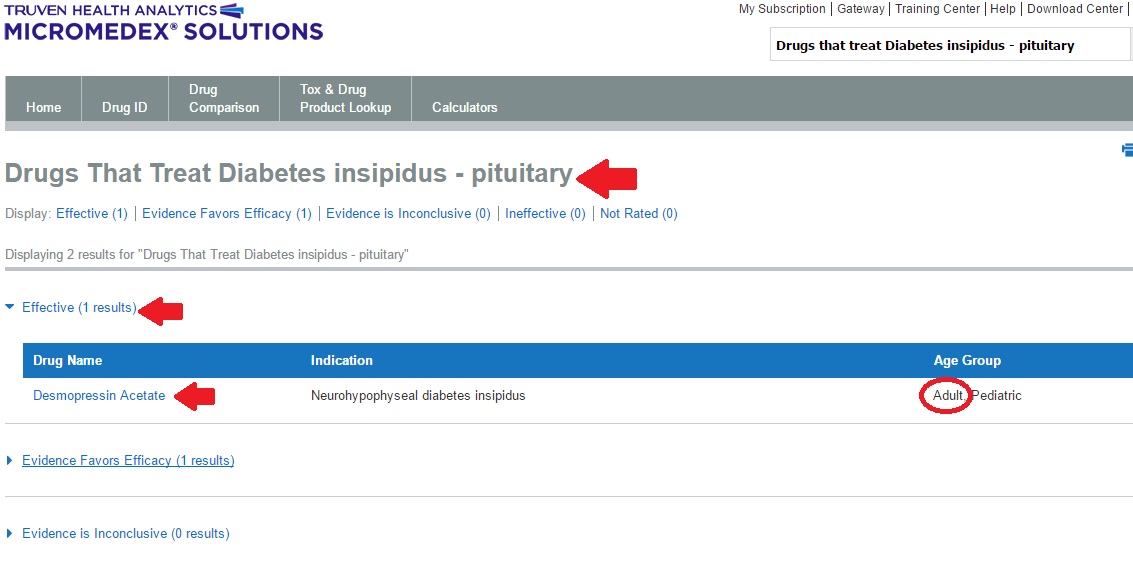
4. Refer to the information, scroll down, identify and determine dose for patient. You can also refer to Martindale (right) for more information about the drug and dosage.

Based on Micromedex the answer is:
BONUS CLIP! How do you calculate highly cited journals?
Watch this video on Journal Impact Factor metric – learn how it’s calculated, and how it’s used.
Source: [Web of Science Training]. (2017, June 23). Journal Citation Reports – Journal Impact Factor. [Video File]. Retrieved from https://www.youtube.com/watch?v=ulidYM0ap_A&feature=push-u&attr_tag=xvTpvjYkKUYNP42M-6
FEATURED BOOKS IN NTU LIBRARY (EXERCISE 1&2)
Renal and electrolyte disorders / edited by Robert W. Schrier. Publication Date: 2010
Cerebral Blood Flow, Metabolism, and Head Trauma[electronic resource] : The Pathotrajectory of Traumatic Brain Injury / edited by Christian W. Kreipke, Jose A. Rafols. Publication Date: 2013
DeJong’s the neurologic examination / William W. Campbell. Publication Date: 2013
Prepared by: Rebecca Lavanie David (Senior Assistant Manager, Medical Library)


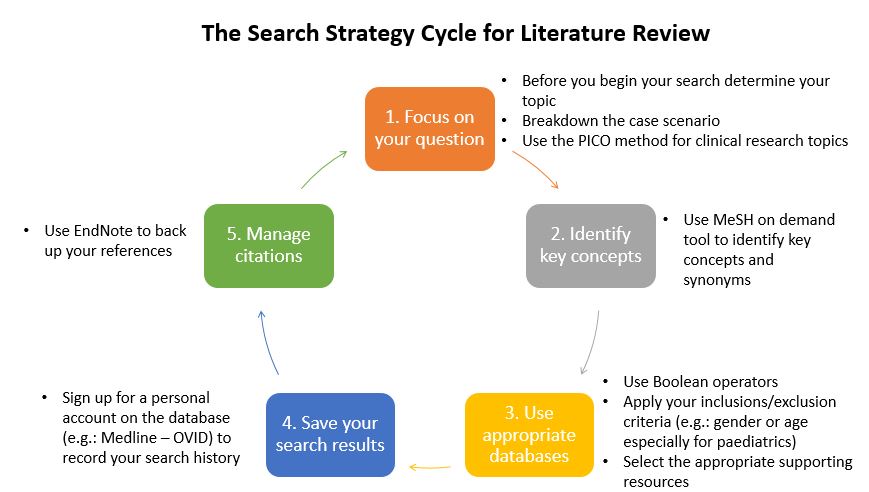
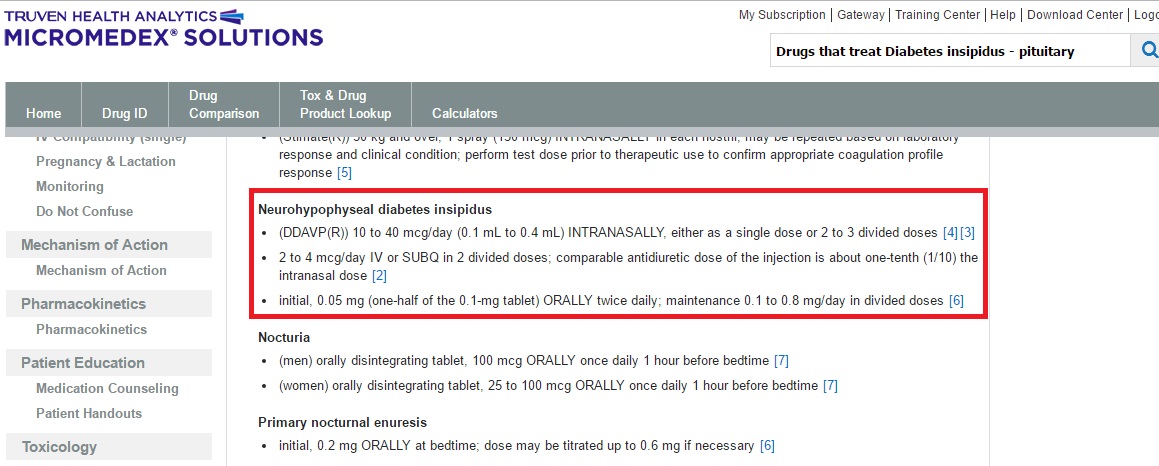



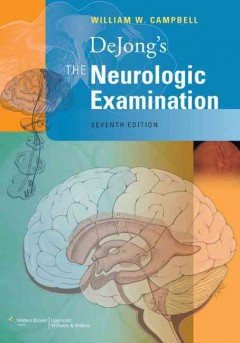
You must be logged in to post a comment.